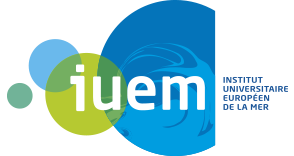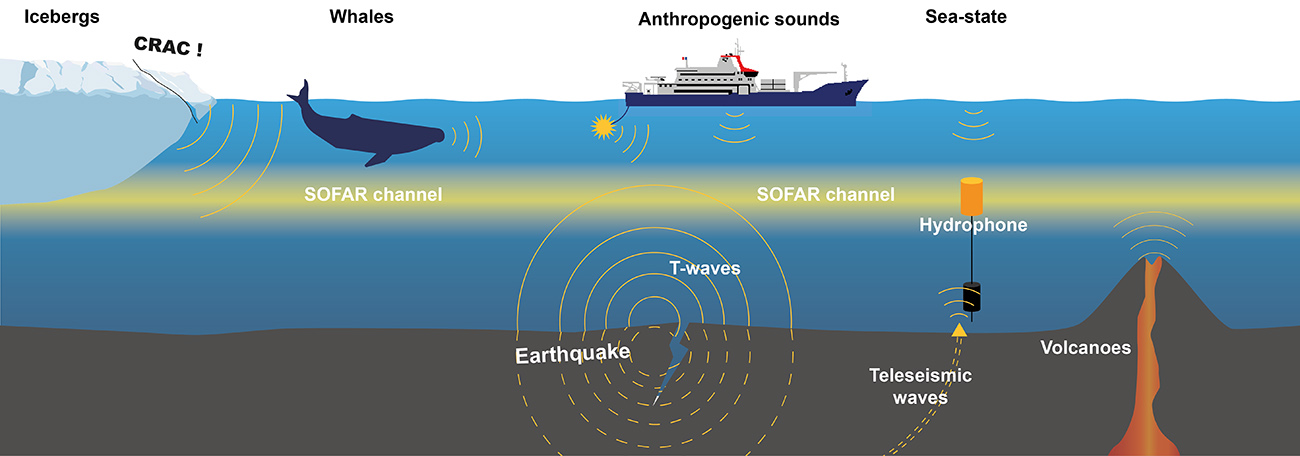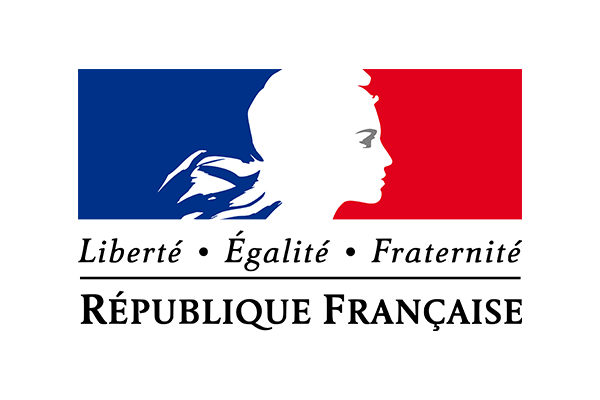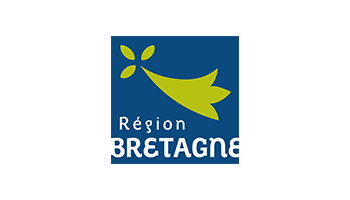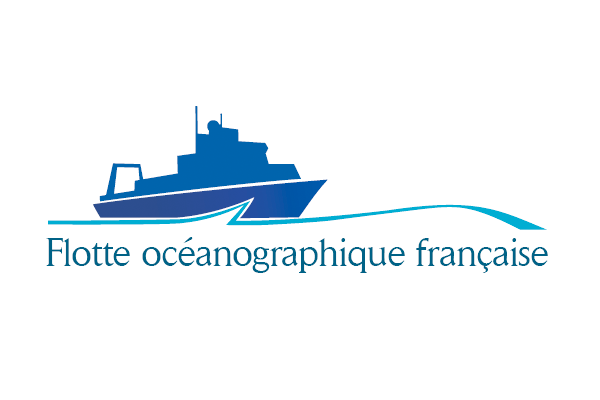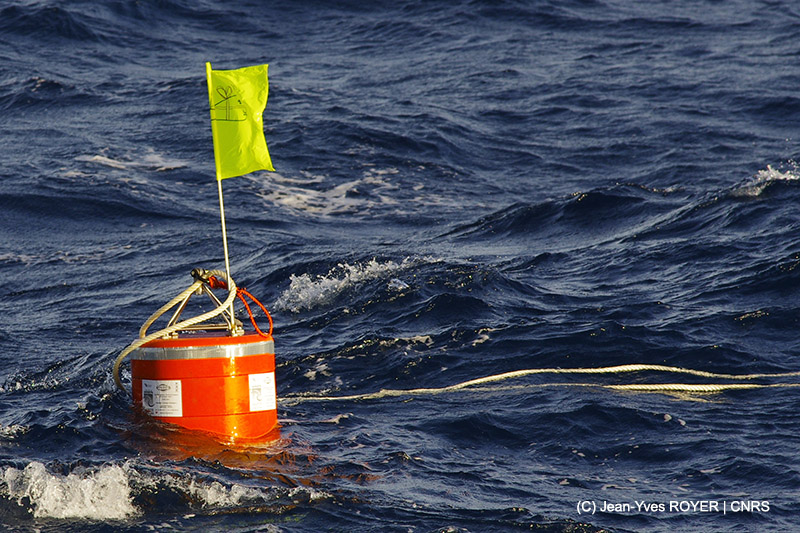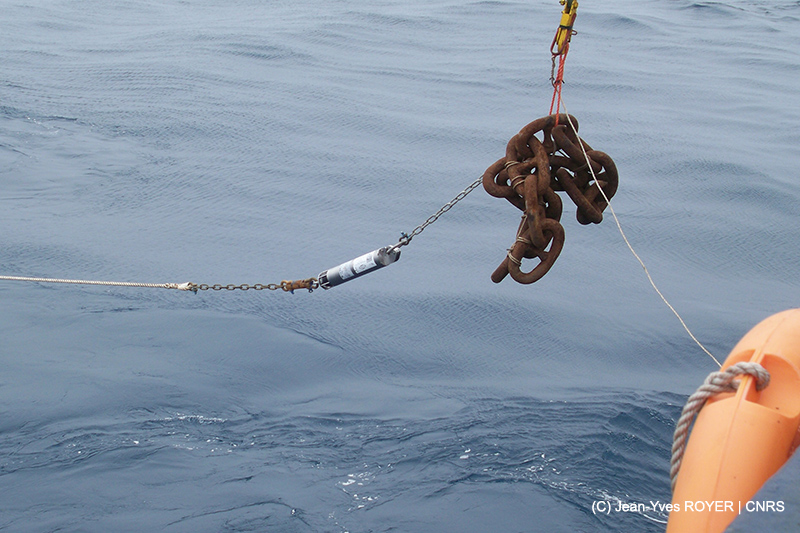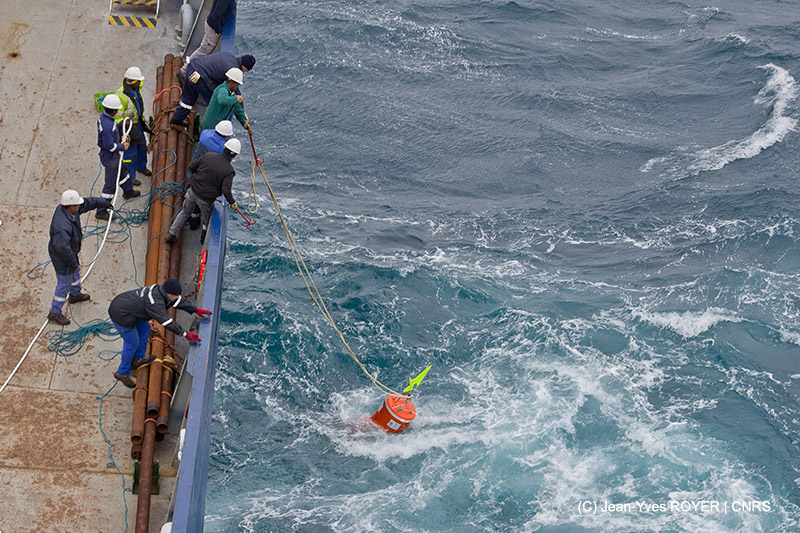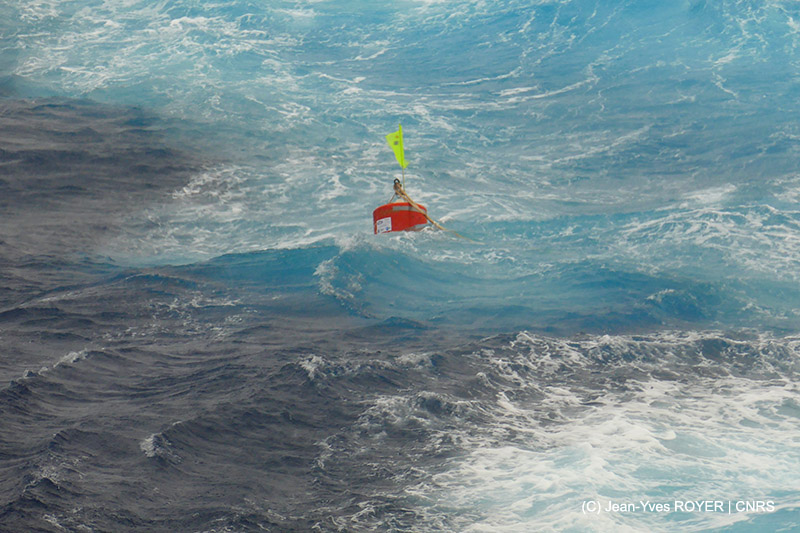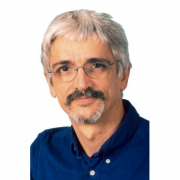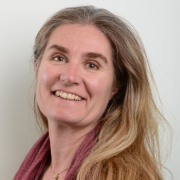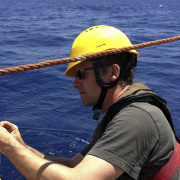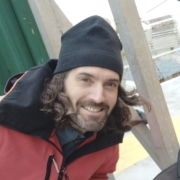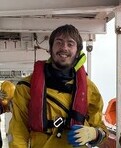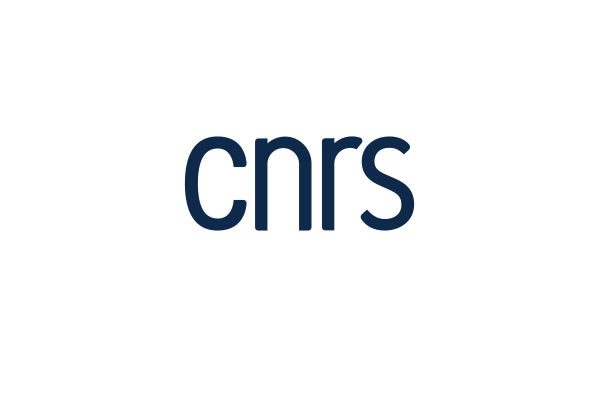National Instrumented Site (NIS)
National Instrumented Site (NIS) OHASISBIO
Hydroacoustic monitoring of oceanic domains aims to understand the dynamics of ocean accretion through seismic and volcanic activity at oceanic ridges. This intense activity, mainly of low magnitude, is not detected by terrestrial seismological networks that are too distant. On the other hand, the exceptional acoustic properties of the ocean make it possible to detect and locate this activity precisely using a listening network of a few hydrophones in the water column around the ridges of interest.
Since 2010, the Geo-Ocean Laboratory has implemented the OHASISBIO (Observatoire HydroAcoustique de la SISmicité et de la BIOdiversité) hydroacoustic observatory around the three ridges of the Indian Ocean. Its primary objective was to monitor seismicity and volcanic eruptions in time and space. Their distribution provides information on the mechanical and thermal state of the ridges. The analysis of seismic swarms (several thousand events in a few weeks) sometimes reveals the presence of precursor events to high-magnitude earthquakes or brief, energetic events, witnessing submarine eruptions (thermal shocks between molten lava and sea water). These continuous low-frequency recordings (0-120Hz; 250Hz sampling) also allow the presence of several species of large whales to be detected and their seasonal migration between southern and sub-subtropical latitudes to be followed. The hydrophones are also sensitive to sea state noise (wave train effects). Finally, a very large amount of iceberg cracking is detected along the Antarctic margin and at southern latitudes during their summer drift. More generally, these continuous recordings make it possible to monitor the evolution of ambient ocean noise in the open ocean, particularly the evolution of anthropogenic noise (maritime traffic, seismic exploration).
The hydrophones are immersed between 1000 and 1300m depth, in a layer of water with low sound speed, called “SOFAR channel”, which behaves like a waveguide in which the acoustic waves can propagate over very long distances (100 to 1000 km) with low attenuation. The hydrophones continuously record all low-frequency sounds in the ocean, from earthquakes, volcanic eruptions, cryogenic icebergs, ocean swells, bioacoustics (large whales) and man-made sounds (large ships, seismic exploration).
Partners
The hydrophones (10) were acquired mainly with the support of the State-Region project contract “Observation of the Ocean” (CPER ODO) with a complement from INSU/CNRS and the Total Foundation.
The oceanographic missions for the maintenance of the network (~1 time per year) are financed by the French Oceanographic Fleet (FOF).
The operation and maintenance of the network is supported by INSU/CNRS, FOF, OSU-IUEM, ENSTA-Bretagne and the Geo-Ocean laboratory.
Distribution of hydrophones
Distribution of the listening sites of the Hydroacoustic Observatory of Seismicity and Biodiversity in the Southern Indian Ocean (OHASISBIO), on a bathymetric background. Each site is equipped with a hydrophone immersed between 1000m and 1300m depth and installed on a mooring line anchored to the seabed.
OHASISBIO
In pictures
Hydrophone recovery and launch operations (instrument inserted in the buoy).
